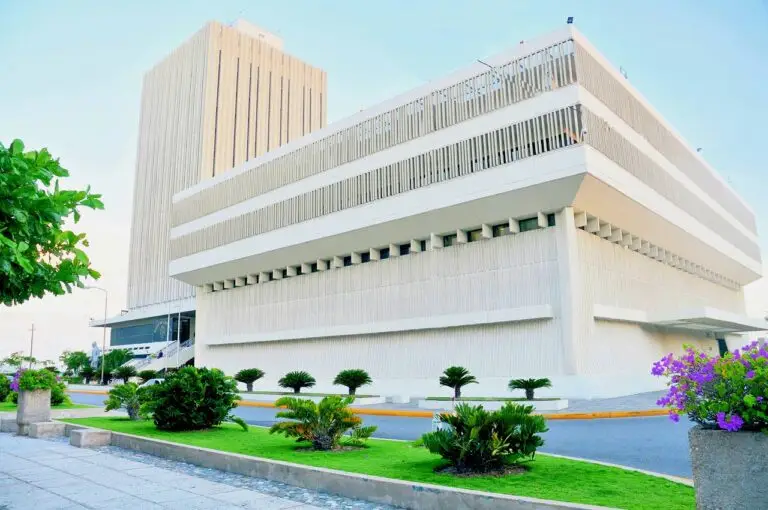In its March 2025 Monetary Policy Committee (MPC) meeting, the Bank of Jamaica (BOJ) decided to maintain its policy rate at 6%, a reflection of the central bank’s confidence in the country’s positive inflation trajectory. While optimistic about the current economic conditions, the BOJ made it clear that it is ready to take swift and forceful action if inflationary pressures return.
“The MPC continues to prioritize stable and low inflation and stands prepared to adjust policy promptly should inflation show signs of rising beyond the target range,” the committee emphasized in its statement.
Alongside this decision, the BOJ also made a notable adjustment to its Standing Liquidity Facility (SLF) rate, reducing it from 8% to 7%, effective March 28, 2025. This facility, which provides emergency funding to banks experiencing temporary liquidity shortfalls, aims to promote greater stability in short-term interest rates and enhance Jamaica’s monetary transmission mechanism.
“By lowering the SLF rate, we are improving the overall liquidity environment and encouraging more predictable, stable short-term rates across the financial system,” the BOJ explained in its release.
The SLF is a critical tool used by the BOJ to ensure that commercial banks can access necessary overnight funding during periods of short-term cash strain. By reducing the SLF rate by one percentage point, the central bank hopes to lower borrowing costs for banks, thereby promoting more generous lending to both businesses and consumers. This decision is designed to foster economic growth and maintain financial system stability, while still keeping inflation under control.
At the same time, Jamaica’s inflation situation has shown marked improvement, with headline inflation dropping to 4.4% in February 2025, compared to 6.2% a year ago. Core inflation, which excludes volatile categories like food and energy, has held steady at 3.8% for the past 20 months, well within the BOJ’s target range of 4-6%.
This decline in inflation is attributed to a combination of factors, including more stable exchange rates, lower global commodity prices, and reduced inflationary pressures from the private sector. As a result, the MPC remains optimistic that inflation will stay within its target range for the next two years, barring any unforeseen economic shocks.
Despite this positive trend, the BOJ remains wary of external risks. The committee highlighted ongoing uncertainties in global trade policies, especially with the United States and its major trading partners, including China and Canada. These potential policy shifts could disrupt Jamaica’s import prices and introduce new inflationary pressures.
“The impact of changing trade policies could pose risks to imported inflation,” the MPC noted, adding that fluctuating commodity prices and the potential for higher US interest rates could further complicate the situation.
Although the BOJ has opted for a steady approach for now, it continues to monitor global developments that may threaten Jamaica’s economic stability. Should inflation move above the desired range or if external shocks emerge, the central bank is prepared to take decisive action.
The next monetary policy decision will be announced in May 2025, as the BOJ remains committed to ensuring economic stability and maintaining its inflation targets in the face of a dynamic global economic landscape.

